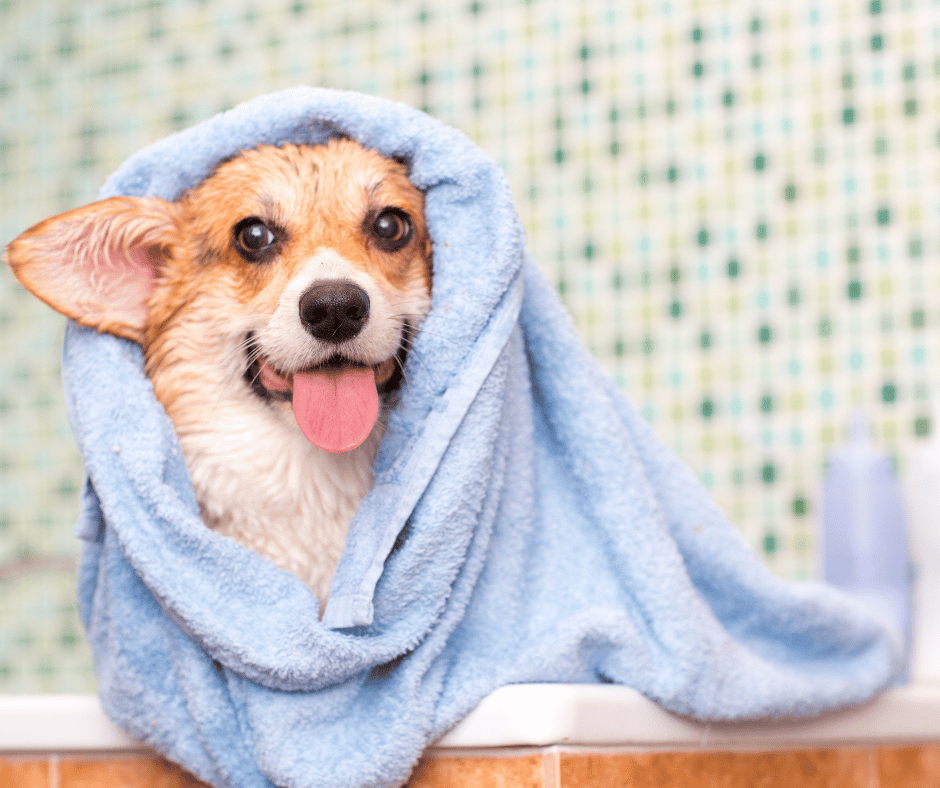Introduction
Pet grooming is much more than a luxury; it’s a critical aspect of pet care that significantly impacts the health and well-being of your animal companions. Regular grooming helps to maintain cleanliness and hygiene, prevents common health issues, and strengthens the bond between pets and their owners. In this comprehensive guide, we’ll delve into the various benefits of regular pet grooming and provide practical tips for ensuring your pets stay healthy and happy.
Why Regular Pet Grooming is Essential
Grooming encompasses a range of practices aimed at maintaining your pet’s coat, skin, nails, ears, and overall appearance. Here’s why it’s crucial:
1. Maintains Skin and Coat Health
Regular grooming helps to remove dead hair, dirt, and parasites from your pet's coat, promoting a healthy and shiny appearance. Brushing stimulates the natural oils in the skin, which distribute along the hair shafts, keeping the coat glossy and well-conditioned. This practice also helps to prevent matting and tangling, which can cause discomfort and skin issues.
2. Prevents Health Problems
Routine grooming can help prevent a host of health problems. For instance, regular nail trimming prevents overgrown nails, which can lead to pain and infection. Checking and cleaning ears can reduce the risk of ear infections, while brushing teeth helps to prevent dental diseases. Additionally, grooming provides an opportunity to check for lumps, bumps, or abnormalities that could indicate underlying health issues.
3. Improves Circulation and Muscle Tone
The act of brushing and massaging your pet during grooming sessions can improve blood circulation and muscle tone. This stimulation promotes overall health and helps your pet feel relaxed and comfortable. It’s particularly beneficial for older pets or those with mobility issues, as it can alleviate stiffness and discomfort.
4. Reduces Shedding
One of the most noticeable benefits of regular grooming is the reduction in shedding. By brushing your pet's coat frequently, you remove loose hair before it has a chance to fall out and accumulate around your home. This not only keeps your living space cleaner but also reduces the amount of hair that your pet swallows, which can help prevent hairballs in cats.
5. Enhances Appearance
A well-groomed pet looks and feels better. Regular grooming helps maintain a neat and tidy appearance, which is especially important for pets that participate in shows or competitions. Beyond aesthetics, a clean and well-groomed pet is more comfortable and less likely to suffer from skin irritations or infections.
Essential Pet Grooming Practices
Grooming needs can vary depending on your pet’s species, breed, age, and health. However, several basic practices are universally beneficial. Here’s a detailed look at essential grooming tasks:
Brushing
Brushing is one of the most fundamental grooming tasks. It helps remove dirt, debris, and loose hair from your pet’s coat and prevents matting and tangles. The frequency of brushing depends on your pet's coat type. Long-haired pets typically require daily brushing, while short-haired ones may only need it a few times a week.
- Tools: Use a brush suitable for your pet’s coat type. Slicker brushes are great for removing tangles, while bristle brushes work well for short-haired pets.
- Technique: Gently brush in the direction of hair growth, taking care not to tug or pull on any knots. Be thorough but gentle to avoid causing discomfort.
Bathing
Bathing helps keep your pet’s skin and coat clean and free from parasites. The frequency of baths depends on your pet's lifestyle and coat type. Generally, pets that spend a lot of time outdoors may need more frequent baths than those that are primarily indoors.
- Shampoo: Use a pet-specific shampoo that suits your pet’s skin type. Avoid human shampoos, as they can be too harsh for pets.
- Procedure: Wet your pet thoroughly, apply shampoo, and lather gently, avoiding the eyes and ears. Rinse thoroughly to remove all shampoo residue.
Nail Trimming
Overgrown nails can cause discomfort and lead to more severe issues like joint pain or infections. Regular trimming keeps nails at a healthy length.
- Tools: Use pet nail clippers or a grinder designed for pets.
- Technique: Trim the nails slowly and carefully, avoiding the quick, which is the sensitive part of the nail that contains blood vessels.
Ear Cleaning
Cleaning your pet’s ears helps prevent infections and removes excess wax and debris. This is especially important for pets with floppy ears or those prone to ear problems.
- Tools: Use a pet-safe ear cleaner and cotton balls or pads.
- Procedure: Gently wipe the inside of the ear flap and the visible part of the ear canal. Avoid using cotton swabs, which can push debris further into the ear.
Teeth Brushing
Dental health is vital for your pet’s overall well-being. Regular teeth brushing helps prevent plaque buildup, tartar, and gum disease.
- Tools: Use a pet-specific toothbrush and toothpaste.
- Procedure: Brush in a circular motion, focusing on the gum line. Aim to brush your pet’s teeth several times a week.
Tips for Successful Pet Grooming
Grooming can be a pleasant and bonding experience if approached with patience and care. Here are some tips to ensure successful grooming sessions:
Start Early
Introduce grooming to your pets when they are young to get them accustomed to the process. Even adult pets can learn to tolerate and enjoy grooming with time and patience.
Create a Positive Experience
Make grooming a positive experience by offering treats and praise. This helps your pet associate grooming with positive outcomes and reduces anxiety.
Be Patient and Gentle
Grooming can be stressful for pets, especially if they are not used to it. Take your time and be gentle, avoiding any sudden movements or forceful actions.
Seek Professional Help When Needed
For certain grooming tasks, such as dealing with matting or trimming difficult nails, it may be best to seek help from a professional groomer. They have the expertise and equipment to handle challenging grooming tasks safely and effectively.
Conclusion
Regular pet grooming is essential for maintaining the health and well-being of your animal companions. It helps prevent health issues, keeps your pet comfortable, and enhances their overall appearance. By incorporating regular grooming practices into your routine and using the right tools and techniques, you can ensure that your pet remains healthy, happy, and well-cared for. Remember, grooming is more than just a routine task; it’s an opportunity to bond with your pet and show them how much you care.



